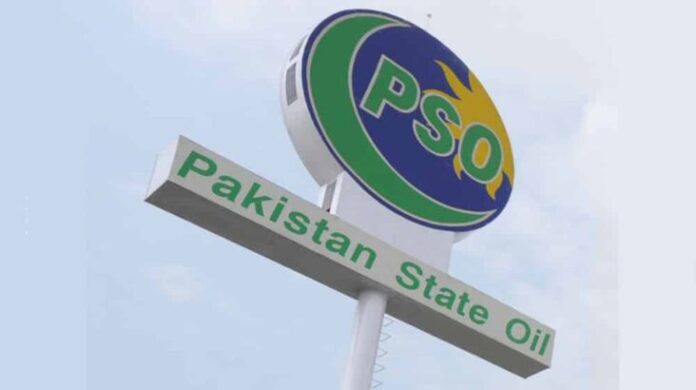The Pakistan State Oil (PSO) recently convened its Board of Management (BoM) meeting at PSO House to review the company’s performance during the year ended June 30, 2020.
“The Covid-19 pandemic, preceded by Saudi-Russia oil price war, brought unprecedented challenges and caused a massive global macroeconomic downturn,” said a statement issued by the company on Tuesday.
Following the international oil price slump, POL prices were revised downward to pass on the benefit to the end consumer. However, due to significant downward inventory valuation, local OMCs and refineries suffered unprecedented losses.
As a majority of oil companies struggled to meet the demand, PSO fulfilled its national duty and ensured uninterrupted fuel supplies throughout the country.
During Q3FY20, the daily average sales of PSO outlets surged by 122pc despite the massive strain on the company’s supply chain. In May-June period, the company imported eight additional cargoes of high-speed diesel and two additional cargoes of motor gasoline to avert a major fuel crisis in the country.
Despite the challenging economic scenario, PSO continued to lead Pakistan’s petroleum downstream market having a share of 44.3pc in total liquid fuels at the end of FY20, which was 1.9pc more than the prior year.
For the year ended June 30th 2020, the company reported a loss after tax (LAT) of Rs6.5 billion, translating into a loss per share of Rs13.8.
The board noted that the unprecedented losses of Rs16.4 billion incurred during the fourth quarter of FY20 not only eroded the net profit of Rs3 billion earned during the first three quarters, but also resulted in a net loss for the complete fiscal year 2020.
In wake of uncontrollable circumstances and despite massive inventory losses, the company was able to contain the extent of losses through efficient inventory management, focus on high margin products and prudent expense controls.
During the last two months of FY20, the company played its due role and showed buoyancy and its ability to rise out of the toughest of situations. The future outlook entails stability in international prices and inflationary revisions in marketing margins of regulated products are expected to improve gross earnings. Moreover, macroeconomic stability, stabilization of PKR-USD parity and aggressive business strategy of market penetration backed by plans of infrastructure development represent a promising future for the Company ahead.
The company was also successful in reducing the chronic receivables from the power sector, PIA and SNGPL by Rs13.1 billion which stood at Rs185.2 billion as of June 30, 2020.




